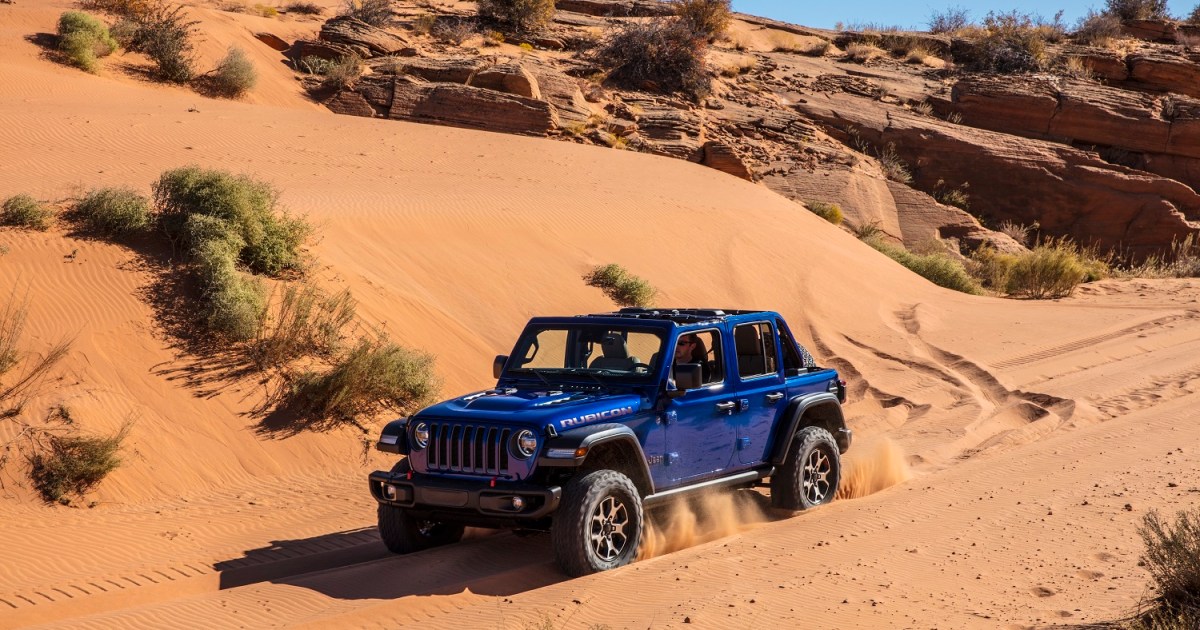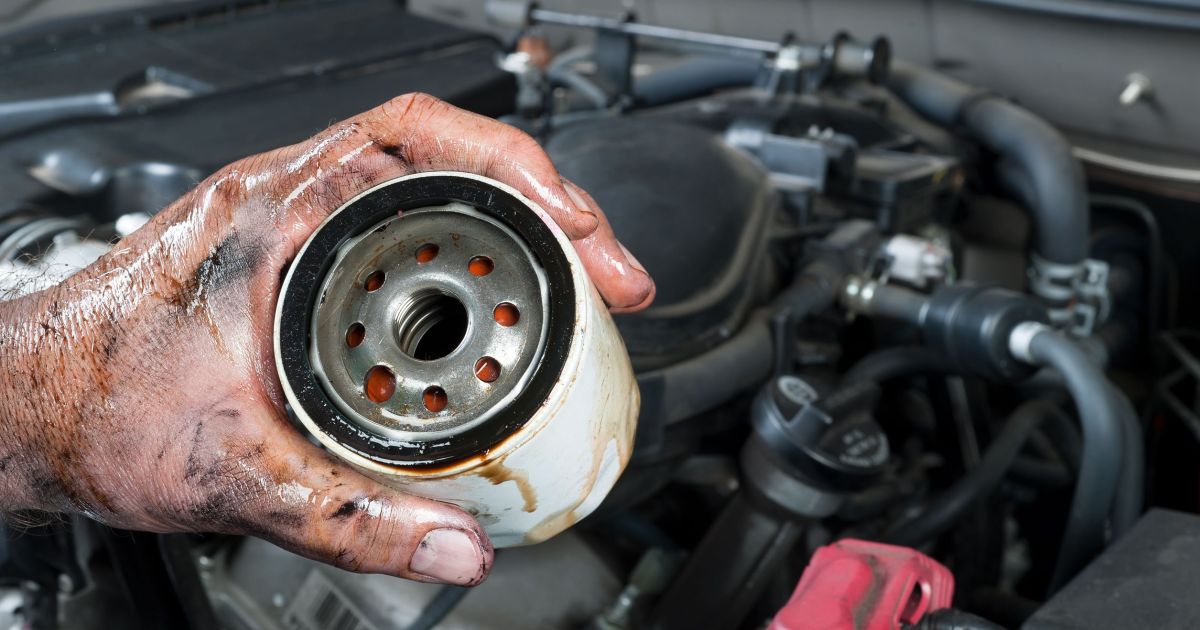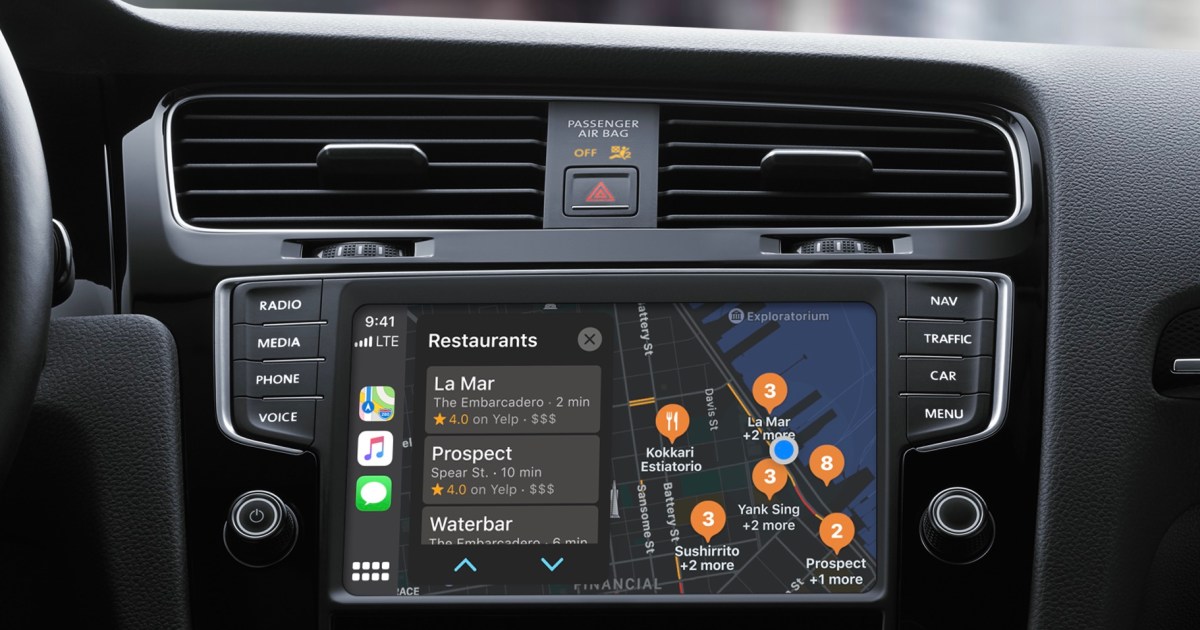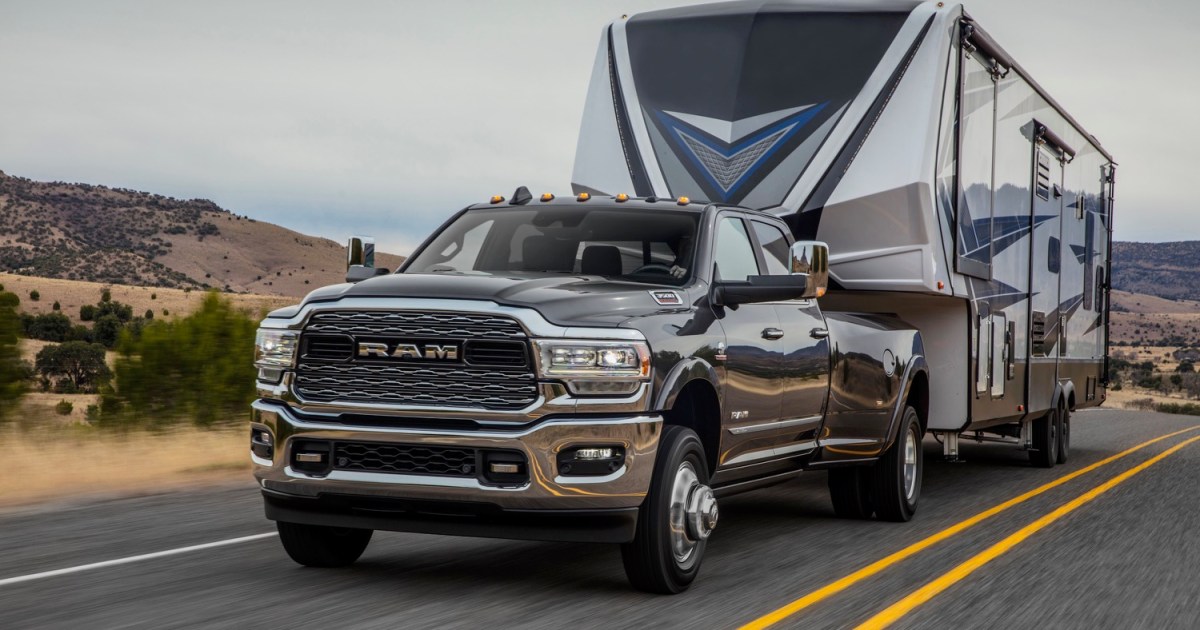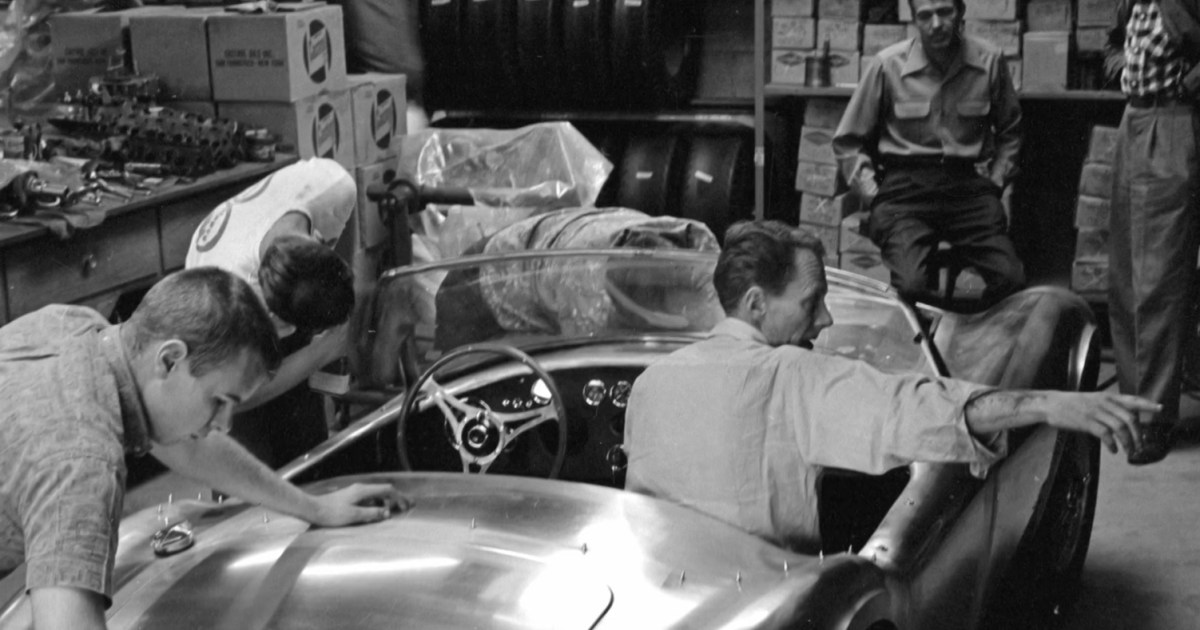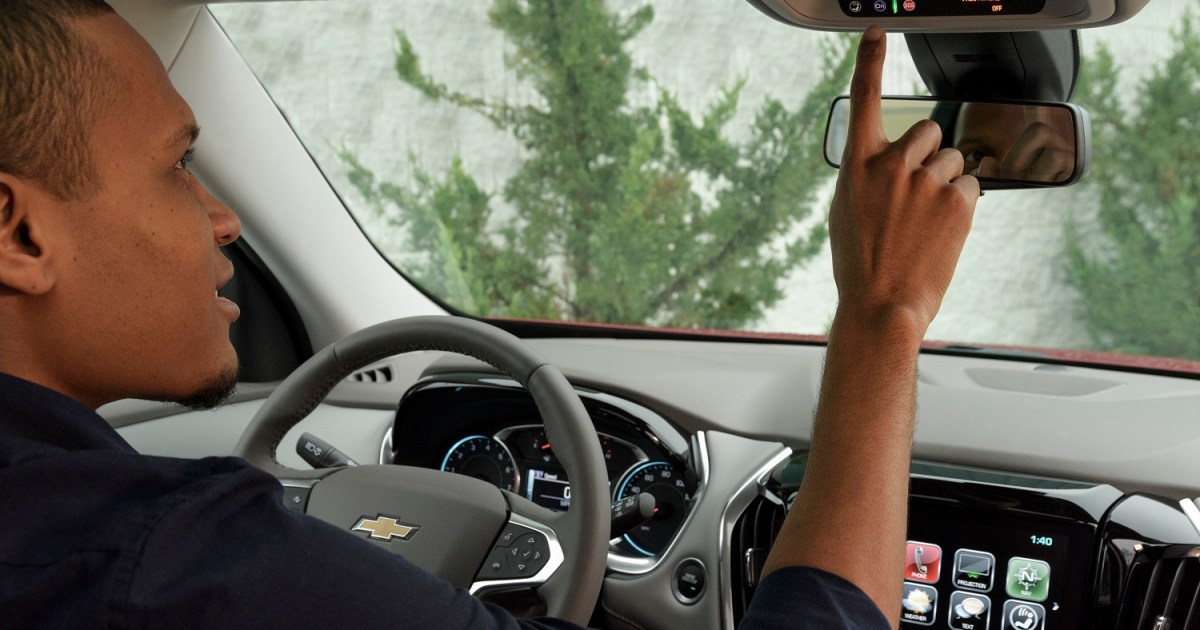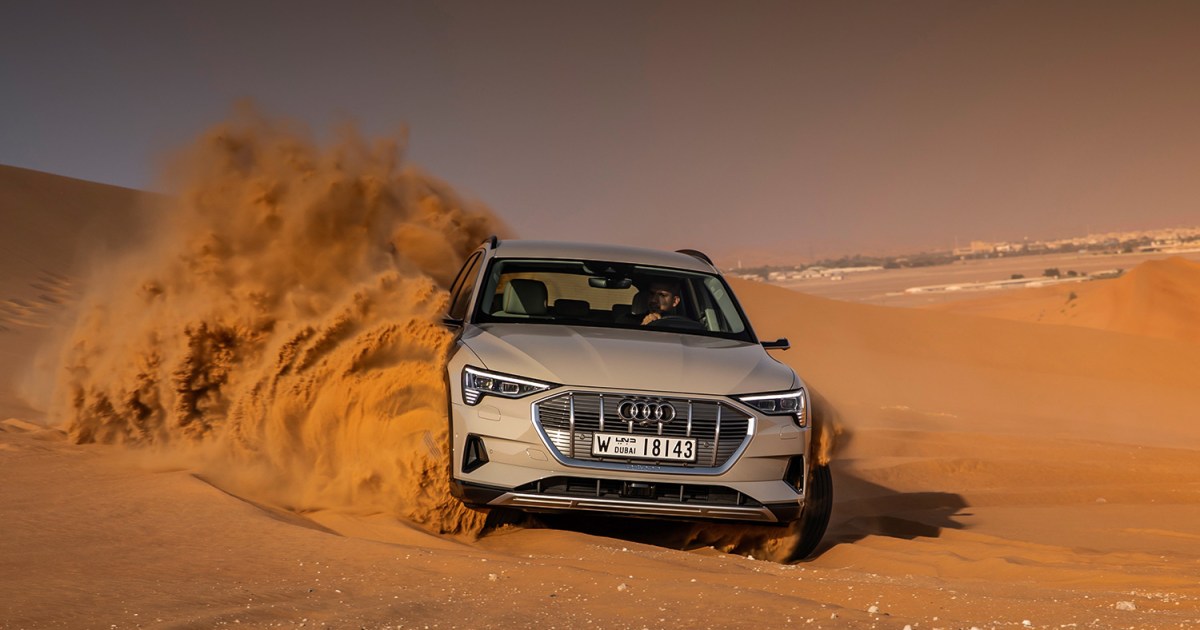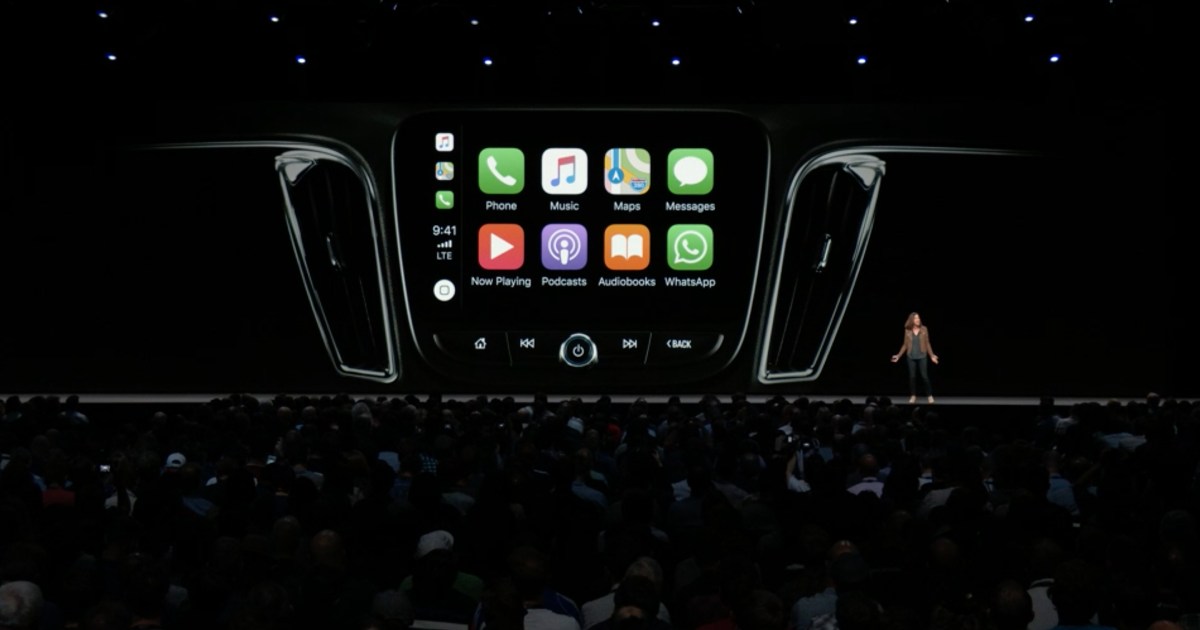The Jeep Wrangler is a legendary off-roader, but the Rubicon trim takes capability to a whole new level. While every Wrangler is built for adventure, the Rubicon is specifically designed as a turnkey rock crawler, ready to tackle challenging terrains straight from the factory. This article explores the key differences between the standard Wrangler and the Rubicon, explaining why the Rubicon commands a premium price.
![]() Jeep Wrangler vs. Jeep Wrangler RubiconImage used with permission by copyright holder
Jeep Wrangler vs. Jeep Wrangler RubiconImage used with permission by copyright holder
The Rubicon’s Off-Road Prowess
Available in both two-door and four-door configurations, the Wrangler Rubicon stands taller and boasts a more rugged appearance than the base Wrangler Sport. The enhancements go beyond aesthetics. Underneath, the Rubicon features a more robust front axle and electronic remote-locking differentials, crucial for navigating uneven terrain. A standout feature is the electronic sway bar disconnect system. This allows for increased wheel articulation at the touch of a button, a significant advantage when crawling over obstacles. Visually, the Rubicon is distinguished by unique decals on the hood, protective rock rails, and 17-inch alloy wheels fitted with all-terrain tires. Larger tires are also available as an option.
![]() Jeep Wrangler RubiconImage used with permission by copyright holder
Jeep Wrangler RubiconImage used with permission by copyright holder
Powertrain Options
The Rubicon offers a trio of engine choices. The first is a tried-and-true 3.6-liter V6 generating 285 horsepower and 260 pound-feet of torque. It comes standard with a six-speed manual transmission, though an eight-speed automatic is optional. Next is a turbocharged 2.0-liter four-cylinder engine producing 270 horsepower and 290 pound-feet of torque, available exclusively with the eight-speed automatic. For those seeking maximum torque, Jeep offers a 3.0-liter turbodiesel V6 that delivers 260 horsepower and a substantial 480 pound-feet of torque. The diesel also boasts an impressive range and improved fuel economy, but it’s only available with the automatic transmission and not on the two-door model. As expected from a Wrangler, four-wheel drive is standard across all engine options.
![]() 2020 Jeep WranglerImage used with permission by copyright holder
2020 Jeep WranglerImage used with permission by copyright holder
Optional Extras
While the Wrangler Rubicon is designed for off-road dominance, it’s not a fully loaded luxury SUV. Several desirable features are available as optional extras. These include steel front and rear bumpers, an LED Lighting package, the Advanced Safety Group with features like adaptive cruise control, and an 8.4-inch Radio and Premium Audio package with navigation and a premium sound system. Even seemingly basic features like an ashtray and cigarette lighter are optional.
![]() 2020 Jeep Wrangler RubiconImage used with permission by copyright holder
2020 Jeep Wrangler RubiconImage used with permission by copyright holder
Pricing and the Rubicon Legacy
The Rubicon sits near the top of the Wrangler lineup in terms of price. While the base Sport model starts around $28,295 for the two-door version, the two-door Rubicon begins at $38,695, while the four-door version starts at $42,440. These prices exclude a mandatory destination charge. While this positions the Rubicon in luxury car territory, its off-road capabilities justify the premium for serious adventurers.
![]() 2020 Jeep Wrangler RubiconImage used with permission by copyright holder
2020 Jeep Wrangler RubiconImage used with permission by copyright holder
The Rubicon Trail: Origin of the Name
The Rubicon takes its name from the infamous Rubicon Trail, a grueling 22-mile off-road route in California’s Sierra Nevada mountains. This trail, known for its extreme difficulty, served as a testing ground for Jeep vehicles in the past. The Rubicon’s ability to conquer this challenging terrain underscores its off-road prowess and cements its legacy as a true off-road icon. Few vehicles can navigate the Rubicon Trail unmodified, a testament to the Rubicon’s exceptional capability.



